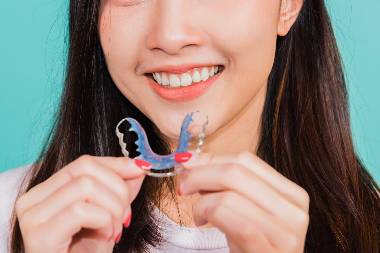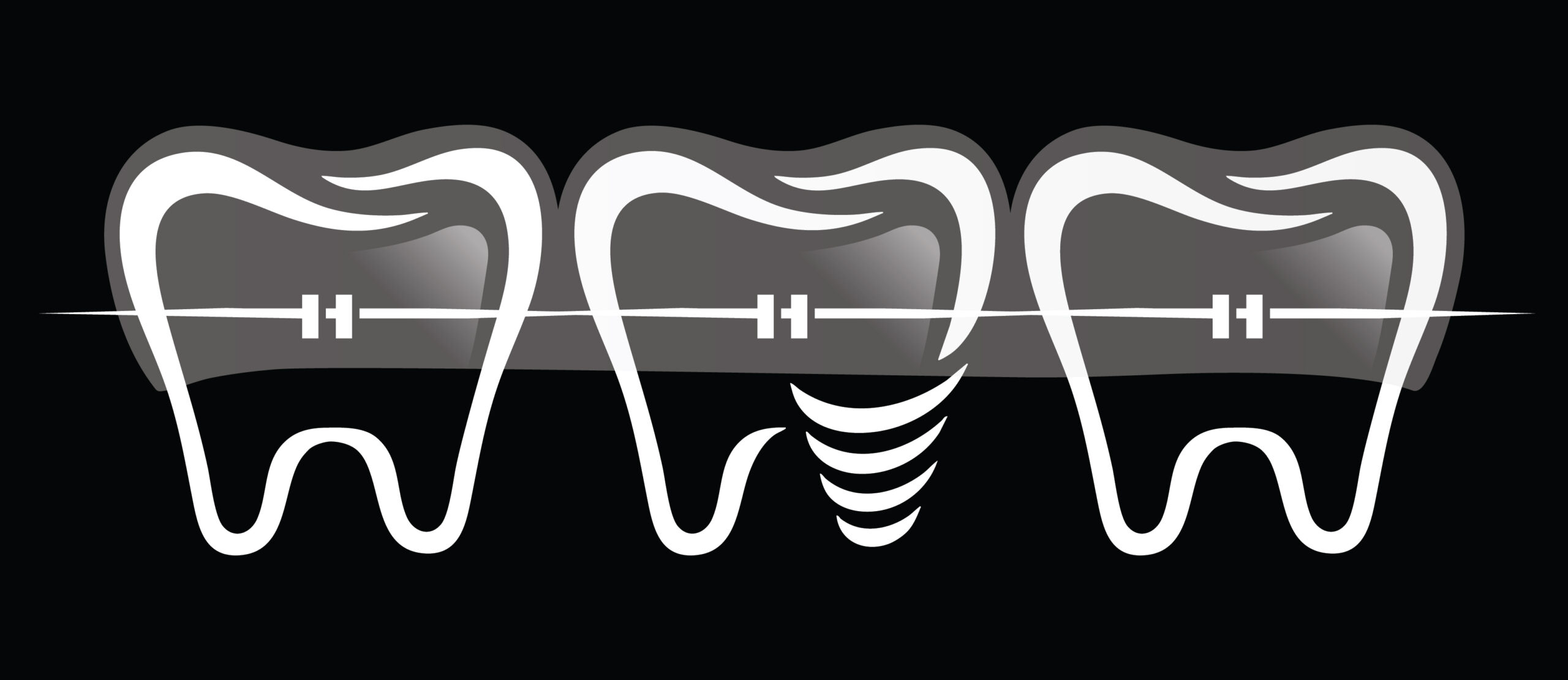Retainer
What is a Retainer & Why It’s Needed
After braces or aligners, teeth aren’t totally stable immediately. The surrounding gums, periodontal ligaments, bone, and soft tissue need time to adapt to the new positions. Without support, teeth have a tendency to shift back (this is called relapse).
Retainers are devices custom‑made to hold teeth in their corrected positions after the active orthodontic treatment is done. They “retain” the result.
Types of Retainers
Retainers are broadly divided into removable and fixed (permanent or bonded). Different styles have different advantages and trade‑offs.
| Type | Description | Pros | Cons |
|---|---|---|---|
| Fixed (Bonded) Retainers | A thin wire bonded/glued behind the front teeth (usually lower, sometimes upper) so you can’t remove it yourself. | • No need to remember to wear them; work 24/7. • Hidden behind teeth (not obvious). • Very effective for front teeth which tend to relapse. | • Harder to clean (flossing under wire needs special tools like floss threaders). • Can trap plaque; risk of gum issues if hygiene isn’t good. • If wire breaks or the bonding fails, teeth might shift. • The wire can irritate tongue sometimes. |
| Removable Retainers | These you take out when eating, brushing, etc. Several subtypes. |
How Long & When To Wear
Initially, retainers are worn full time (day & night except when eating / cleaning) for some months after braces are removed. Typical guidance is 4‑6 months full time.
After that, many people shift to night‑time wear (just while sleeping). Some retainers are needed just a few nights a week as time goes on. The exact schedule depends on how stable the teeth are, how severe alignment was, your risk of relapse etc.
In many cases, wearing a retainer forever at night is recommended to maintain alignment long term. Even many years later, teeth can shift if retainers are neglected.
How to Care for Retainers
Good care matters a lot to keep retainers effective, hygienic, comfortable:
Clean daily: For removable ones, remove and brush gently with soft brush and mild soap. Avoid boiling water or extreme heat (which can warp plastic ones).
When not wearing, keep in a case so they aren’t lost or damaged.
Fixed retainers: floss under wire using floss‑threaders or special floss; maintain good gum hygiene; check regularly for any loosening of wire or breakage.
If a retainer breaks, warps, or no longer fits properly, contact your orthodontist quickly. Using a retainer that doesn’t fit may cause more harm (teeth might shift).
When & Why Relapse Happens (If Retainers Are Not Used Properly)
Periodontal ligaments (that hold teeth in place) have “memory” and tend to pull teeth back to old positions initially.
Soft tissue pressures (tongue, cheeks), adjacent teeth, bite forces during chewing etc. can also push teeth if they’re not held stable.
Ongoing growth in younger patients (jaw changes) can also affect teeth positions.

